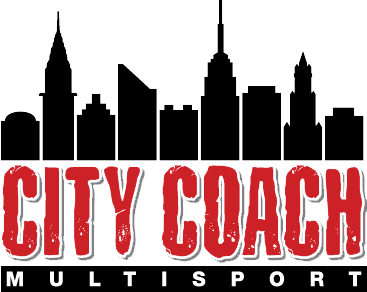Breaking The Injury Cycle With A.R.T
If you’ve been an athlete for many years, or if you’re newly discovering your connection with movement, you know that injuries can happen when we push our bodies to the limit. We develop a deep and complex relationship with ourselves, often exceeding what we thought possible, and we inevitably feel pain in places we didn’t know existed. I believe that a knowledgeable athlete is a better athlete, and want to partner with our clients to break the injury cycle. Among athletes and sports rehab professionals, A.R.T. (Active Release Technique) has become a buzz word for successful recovery. Your friend may have told you it cured his knee pain, or you might have come across it online as you frantically Googled the best ways to get rid of that nagging pain in your hip.
What really is A.R.T. and how does it work?
My experience with A.R.T. began while I was still in PT school. During one of my clinical internships, I trained under a brilliant Japanese therapist in Phoenix, AZ, who used A.R.T. on professional baseball and football players. I witnessed firsthand how well it worked, and I promised myself that it would be one of the first continuing education certifications I pursued.
Over four intensive days last month, I studied the intricacies of practicing A.R.T. I kept thinking about my client who had raved about it when we first met. He had strained his Achilles last year during marathon training, and despite resting, icing, stretching, and cross-training, the pain had lingered on. Months later, he received four sessions of A.R.T. treatment and the pain went completely away. “ART is the only thing that worked!” he exclaimed. As I learned releases for each separate structure surrounding the Achilles tendon, I realized the brilliance of the technique, and I wanted all of my clients back in New York to know about it.
Here are 5 things every athlete should know about A.R.T.:
1- What It Is: A.R.T. is a hands-on touch and case management system developed by Dr. Michael Leahy that allows a practitioner to diagnose and treat soft tissue injuries (aka injuries of muscle, tendon, fascia, and nerves). Such injuries include repetitive strains, adhesions, tissue hypoxia, and joint dysfunction. As you may know from personal experience, injuries often come back to haunt us. This pattern is known as the cumulative injury cycle. A.R.T. is designed to break this cycle and return your tissues to a healthy state.

2- How It Works: A.R.T. localizes soft tissue structures and uses anatomical principles to manually release tension and promote smooth, normalized movement. When a muscle or other tissue is injured, it has to work harder to perform its job. This increased effort can lead to compensation by other structures, adhesion formation, and altered biomechanics. Releasing a structure involves taking the soft tissue from a shortened position to a fully lengthened position while passing manual contact along the fibers.
3- Why It Might Be Right For You: Many athletes, especially those involved in endurance sports, experience symptoms of injury that don’t seem to be the result of an exact known cause or trauma. For example, my right quad started to feel tighter than usual after a 20-mile long run. These are considered repetitive motion injuries and can be related to underlying biomechanical dysfunction. In my case, I know that the pain is due to a quad injury from many years ago, and I have likely built up scar tissue that prevents the smooth gliding of my quad muscles. A.R.T. would be the perfect treatment for me!
Do you have symptoms of soft tissue injury such as pain, stiffness/tightness, numbness, tingling? Or do you not feel fully recovered from an old injury? If so, A.R.T. might be a treatment worth looking into.
4- What To Expect During A Treatment: Your practitioner will assess your movement and palpate soft tissue areas to localize areas of adhesion or restricted movement. Then he/she will use their hands and fingers to place specific contact and pressure on the soft tissue, and will move the tissue under their contact or ask you to move. A structure may be treated several times in one session, and surrounding areas may be treated as well. Treatment is usually performed on alternate days, or additional time may be taken depending on how you respond. It is common for symptoms to be duplicated during treatment, but they should subside shortly after.
5- Where You Can Get A.R.T. Treatment: All of our therapists at Finish Line Physical Therapy are certified A.R.T. providers, so come see us! If you happen to be traveling and need help right away, you can also find a list of providers through the A.R.T. website.
We know that dealing with an injury isn’t easy, and the recovery process is often complicated by the overwhelming number of treatment options. A.R.T. has shown its ability to effectively treat various soft tissue conditions and is a treatment of choice for athletes of all kinds. Can it help you keep the cumulative injury cycle at bay? Ask an Finish Line PT therapist and find out for yourself!
